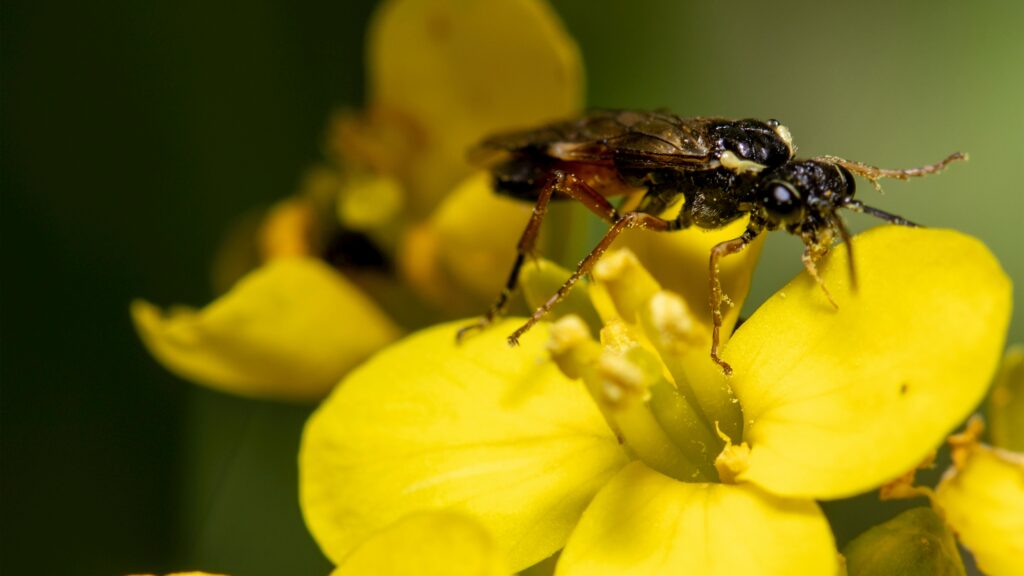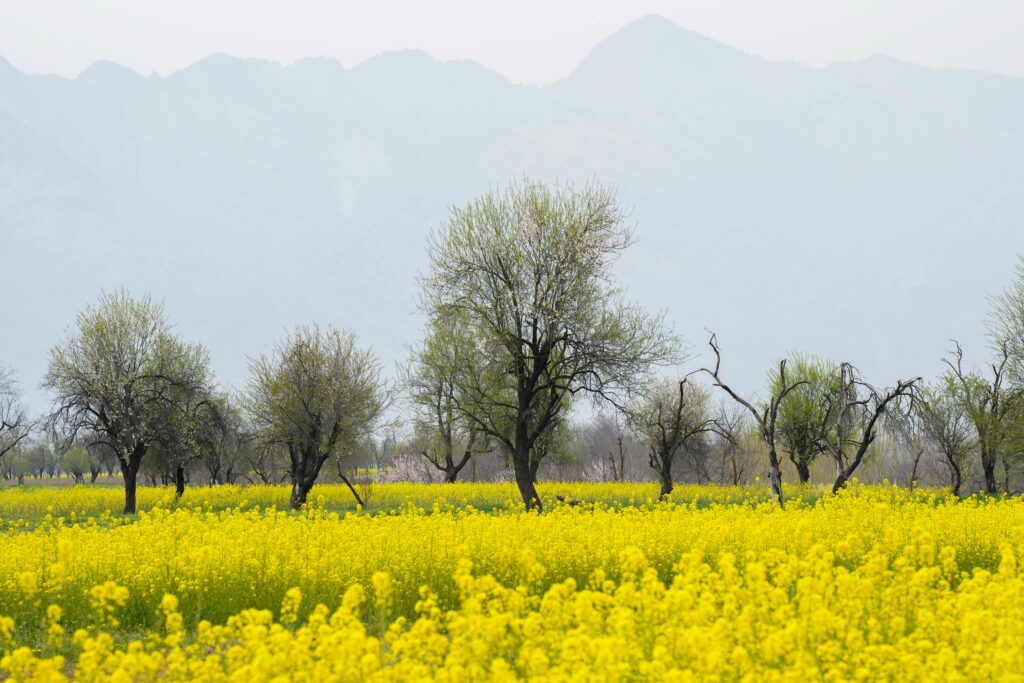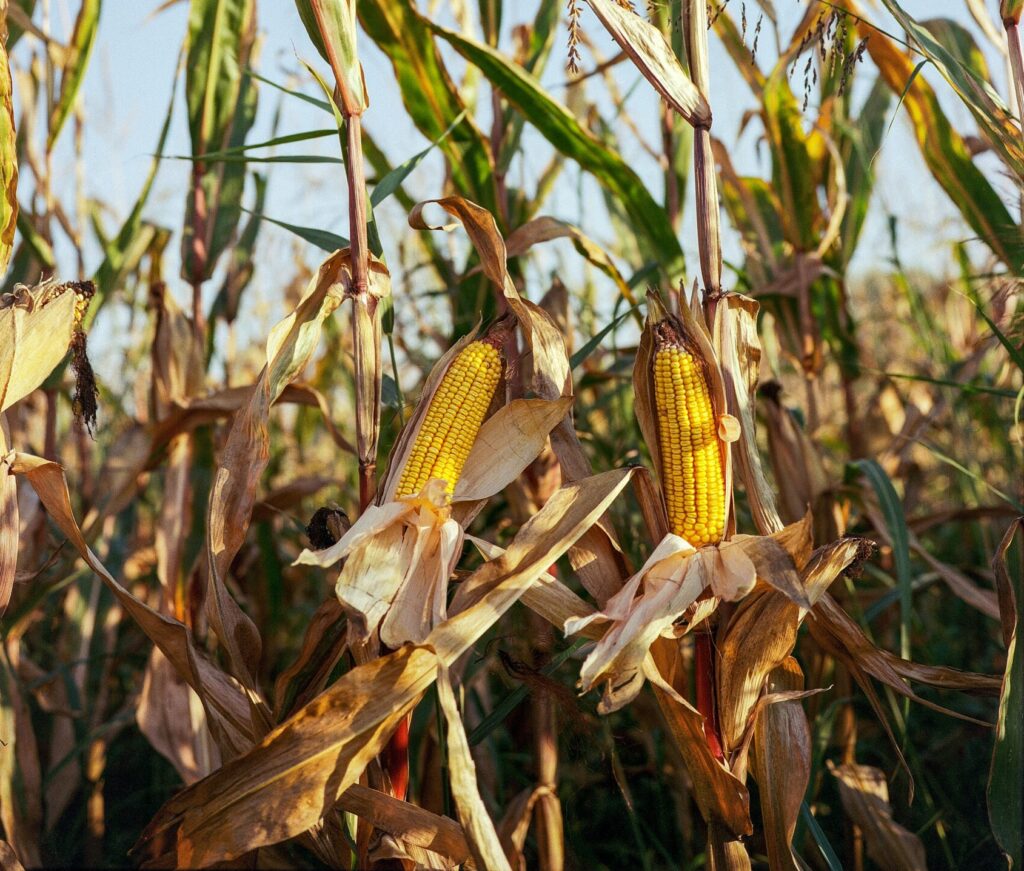Tree plantations play a critical role in addressing many of today’s pressing environmental challenges. As a strategy for restoring degraded land, combating climate change, and enhancing biodiversity, tree plantations provide numerous benefits to both the natural world and human populations. This article explores the environmental benefits of tree plantations and why they are vital for a sustainable future.
Combating Climate Change
One of the most significant environmental benefits of tree plantations is their ability to mitigate climate change by capturing and storing carbon dioxide (CO2) from the atmosphere.
- Carbon Sequestration: Trees absorb CO2 during photosynthesis and store it in their trunks, branches, roots, and leaves. Large-scale tree plantations can sequester massive amounts of carbon, reducing the concentration of greenhouse gases in the atmosphere and helping to slow global warming.
- Oxygen Production: In addition to capturing carbon, trees release oxygen as a byproduct of photosynthesis, contributing to the planet’s oxygen supply and improving air quality.
By establishing tree plantations, we can create natural carbon sinks that help offset the emissions produced by human activities such as transportation, industrial production, and agriculture.
Preventing Soil Erosion and Enhancing Soil Health
Tree plantations protect the soil from erosion and improve its overall quality, which is essential for healthy ecosystems and agriculture.
- Soil Stabilization: Tree roots bind soil particles together, preventing soil erosion caused by wind and water. This is especially important on slopes and in areas prone to flooding or desertification, where soil loss can be catastrophic.
- Nutrient Cycling: Trees help recycle nutrients in the soil by shedding leaves and organic matter. This leaf litter decomposes and enriches the soil, providing essential nutrients for plants and microorganisms.
- Improving Soil Structure: The presence of trees improves soil structure by increasing its water-holding capacity and creating a porous environment that allows for better aeration and root growth.
These benefits make tree plantations vital for restoring degraded land and promoting sustainable agriculture.
Supporting Biodiversity and Wildlife Habitats
Tree plantations, particularly those that involve native species, provide critical habitats for a wide variety of wildlife, including birds, insects, mammals, and microorganisms.
- Restoring Habitats: Tree plantations offer shelter, nesting sites, and food sources for wildlife, helping to restore habitats that have been lost due to deforestation, urbanization, or agriculture.
- Creating Corridors for Wildlife: In fragmented landscapes, tree plantations can act as corridors that connect isolated patches of forest or natural habitats. These corridors enable animals to move freely, find mates, and access food, thus promoting biodiversity.
- Protecting Endangered Species: Tree plantations can also be designed to support endangered species by planting tree species that provide food and shelter for those species, aiding in conservation efforts.
Preserving Water Resources
Tree plantations play a vital role in conserving water resources and improving water quality.
- Water Retention: Trees enhance the soil’s ability to retain water by increasing its organic matter content. This helps prevent water runoff and promotes groundwater recharge, which is essential for maintaining the water supply in dry or drought-prone areas.
- Filtering Water: As rainwater passes through the soil, tree roots help filter pollutants and sediments, leading to cleaner rivers, streams, and groundwater. This natural filtration process improves water quality for both wildlife and human consumption.
- Reducing Flood Risk: By slowing down the movement of rainwater, trees reduce surface runoff and the risk of flooding. Tree plantations can help control floods in areas vulnerable to heavy rainfall or seasonal flooding.
Improving Air Quality
Trees play a critical role in improving air quality by filtering pollutants and releasing oxygen into the atmosphere.
- Air Filtration: Trees act as natural air filters, capturing pollutants such as dust, smoke, and chemicals from the air. Their leaves and bark trap airborne particles, reducing the levels of harmful substances in the environment.
- Cooling Urban Areas: In urban environments, tree plantations help combat the “urban heat island” effect by providing shade and releasing water vapor through a process called transpiration. This cooling effect reduces the need for air conditioning and improves the overall quality of life for city residents.
Combating Desertification
In arid and semi-arid regions, tree plantations are an effective tool for combating desertification—a process where fertile land becomes desert, often due to deforestation, overgrazing, or poor agricultural practices.
- Rehabilitating Degraded Land: Tree plantations help rehabilitate degraded land by stabilizing the soil, improving its fertility, and reducing the spread of deserts. Trees also help create microclimates that retain moisture, allowing other plant species to grow and thrive.
- Creating Windbreaks: Trees act as natural windbreaks, reducing the velocity of wind and preventing the spread of sand and dust. This protection is essential for preventing further land degradation in desert-prone areas.
Promoting Sustainable Livelihoods
Tree plantations can provide economic benefits while promoting environmental sustainability.
- Sustainable Timber and Forest Products: Well-managed tree plantations can produce timber, fuelwood, fruits, nuts, and other non-timber forest products in a sustainable way. This reduces the pressure on natural forests while providing livelihoods for local communities.
- Agroforestry: Combining tree planting with agricultural practices (agroforestry) creates synergies between crops and trees. Trees provide shade, improve soil quality, and offer additional sources of income, such as fruits or medicinal plants, while supporting sustainable farming.
By promoting sustainable livelihoods, tree plantations contribute to both environmental conservation and economic development.
The environmental benefits of tree plantations are vast, ranging from carbon sequestration and climate change mitigation to the preservation of biodiversity and water resources. By preventing soil erosion, improving air and water quality, and combating desertification, tree plantations serve as a crucial tool in building a sustainable future.
As we continue to face environmental challenges, expanding tree plantations—whether in rural areas, cities, or degraded lands—can help restore ecosystems, support wildlife, and create healthier, more resilient communities for generations to come.
















